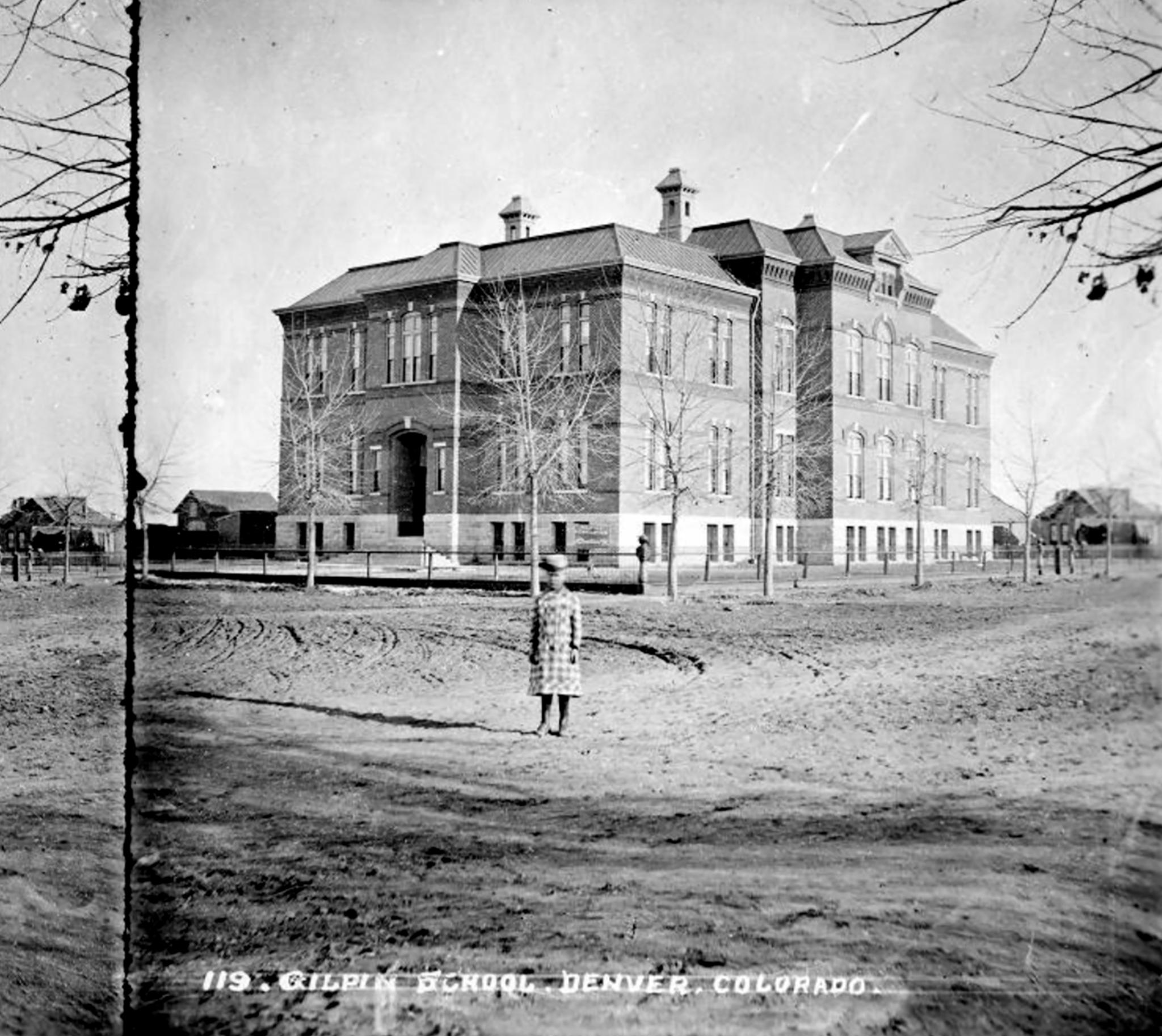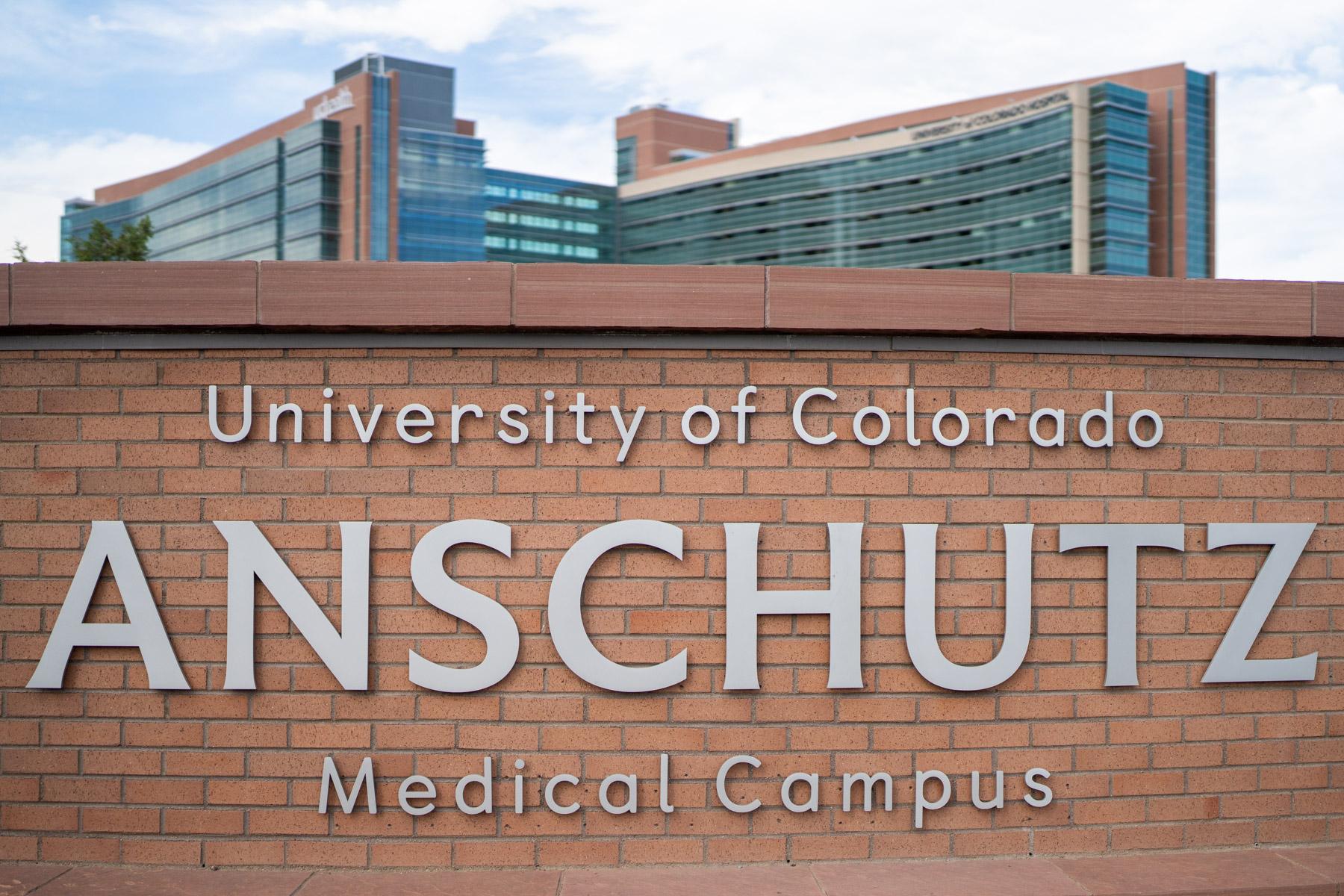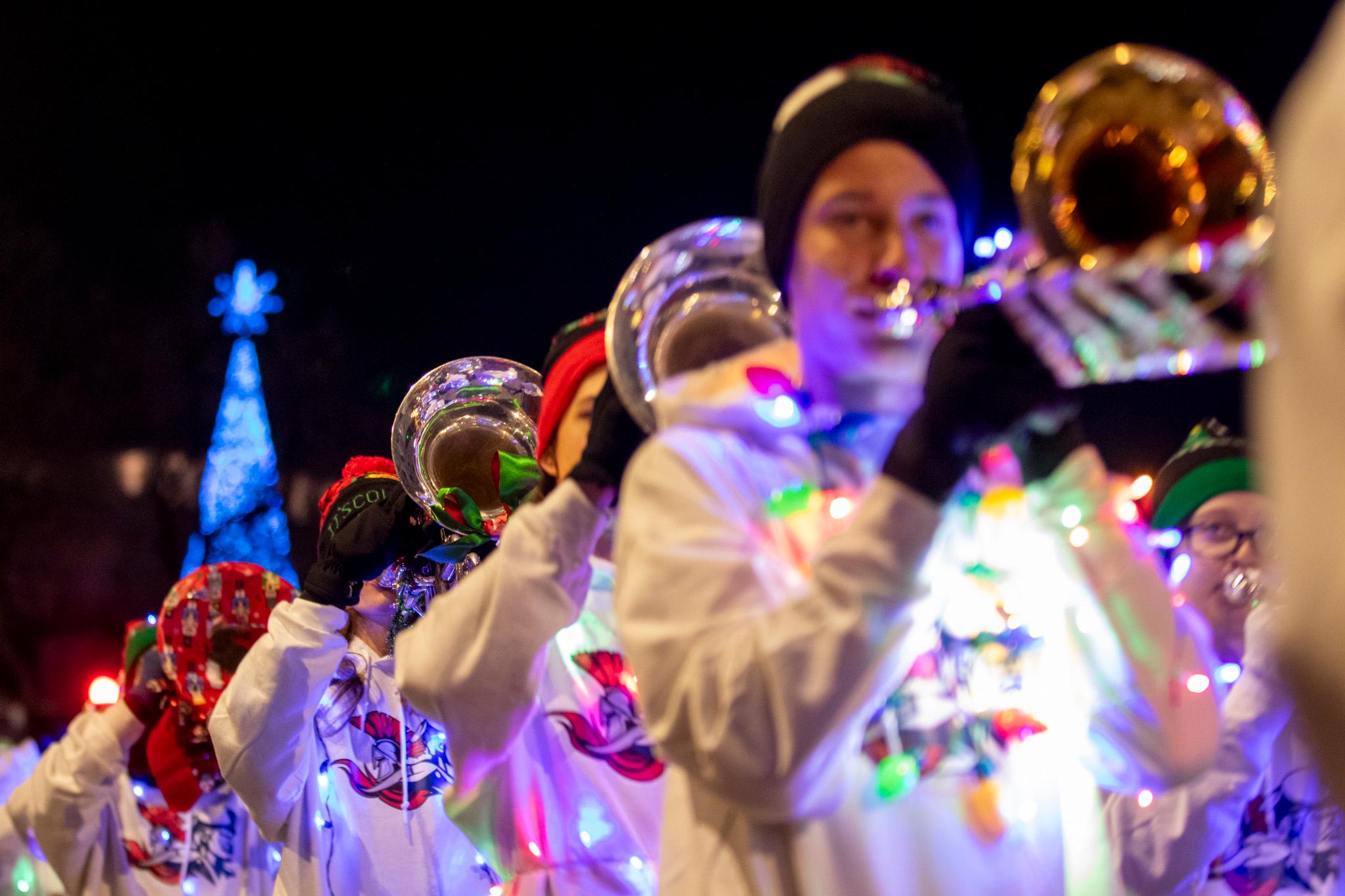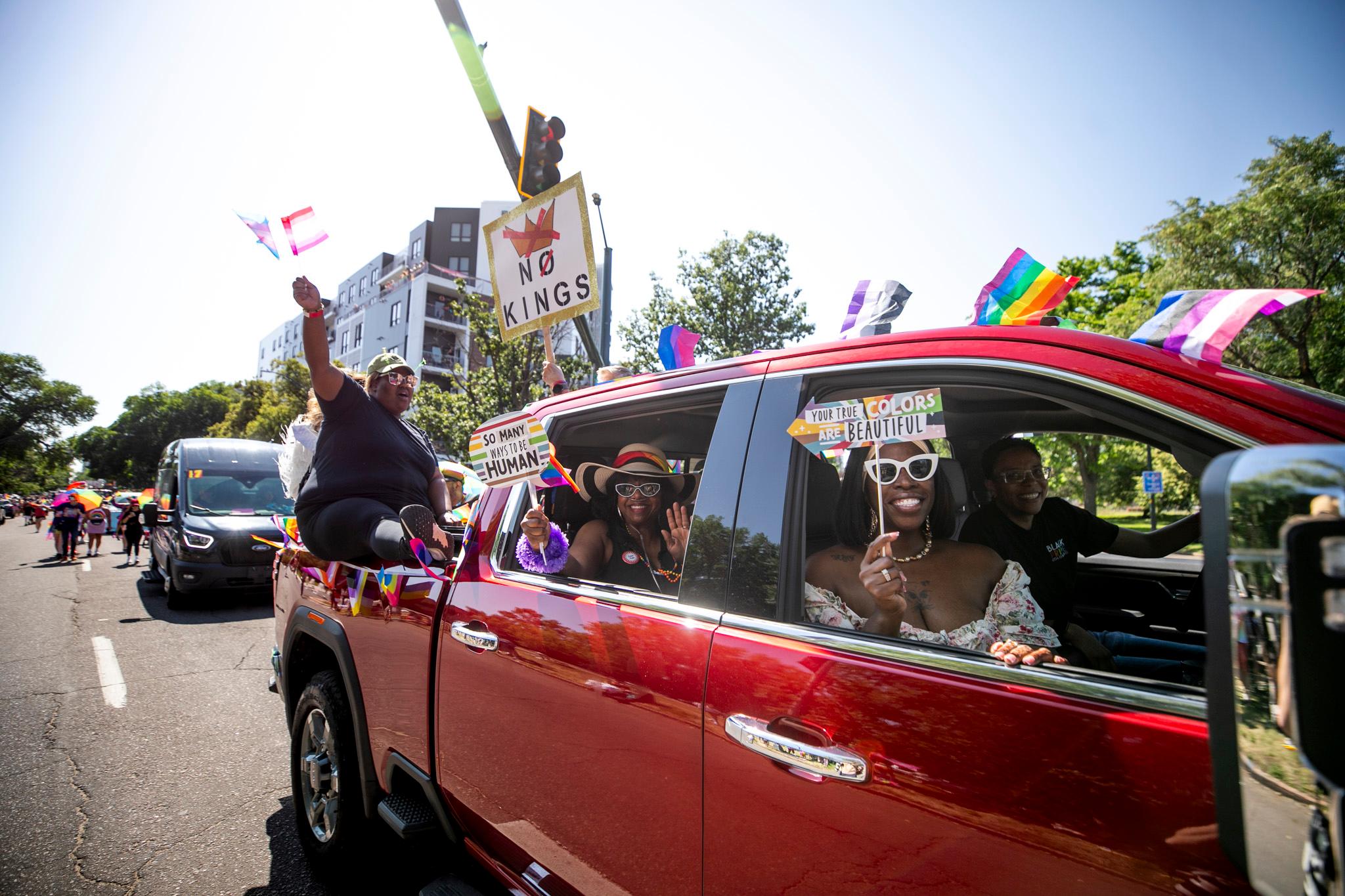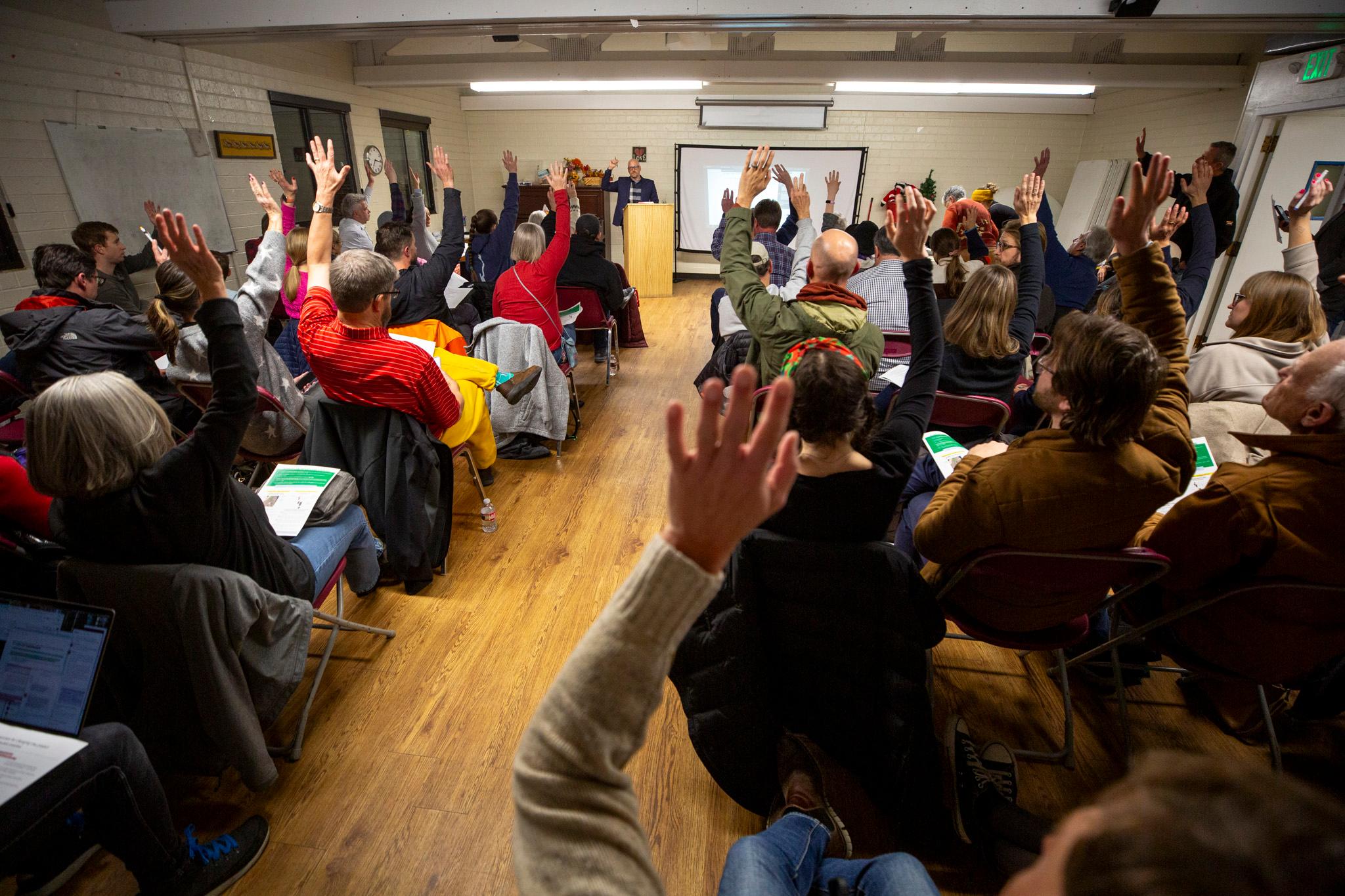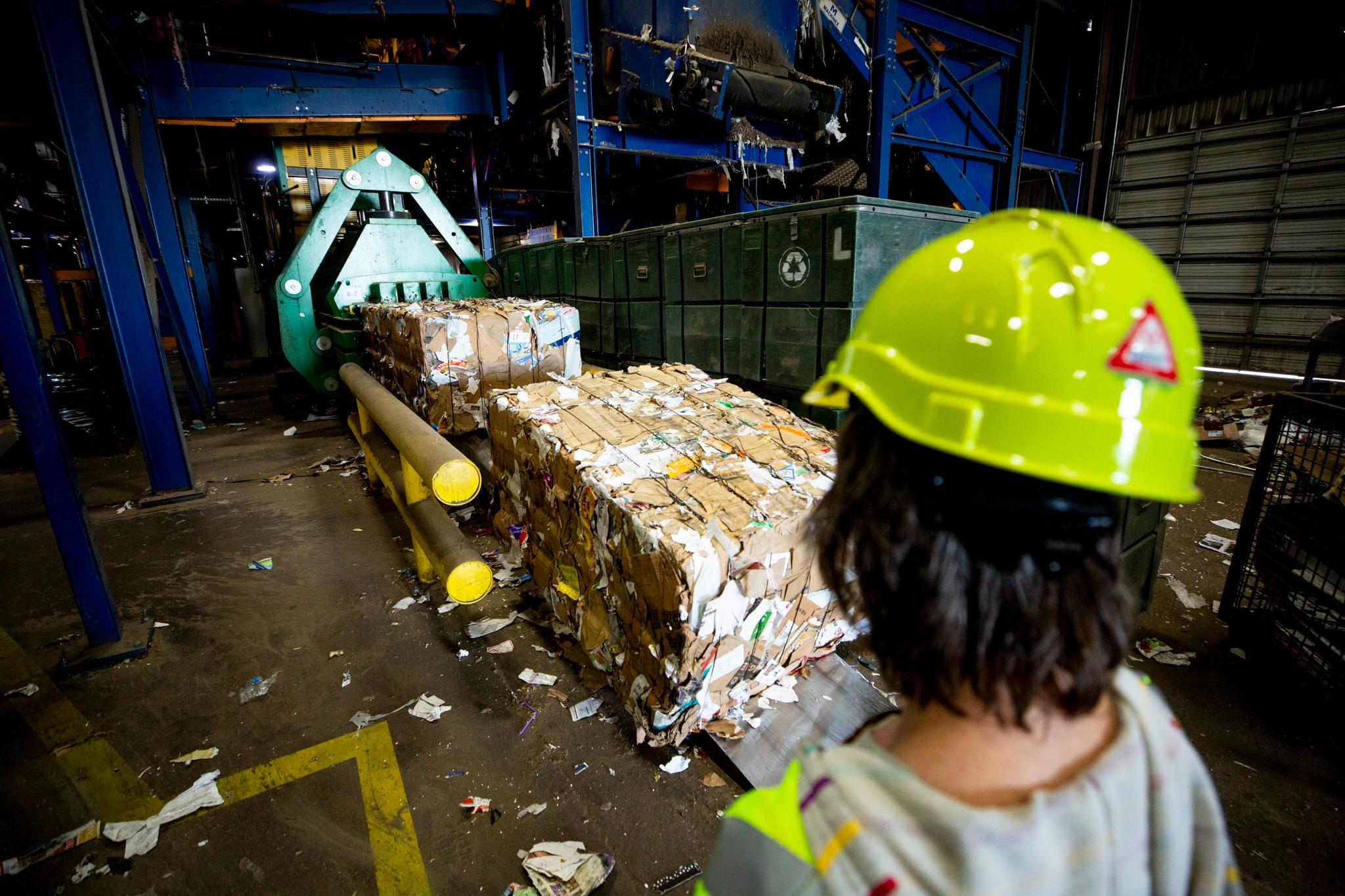There are a couple of Denver nostalgia groups on Facebook, but few of them are fueled by a single man's pure love of digging through endless libraries of old photos.
Calvin Williamson grew up in the City Park West neighborhood. His mother bought his childhood home shortly before he was born, where she still lives today. He spent 30 years here before heading to New York City to pursue a career in acting. The show business thing didn't work out how he expected, but a life and a job have kept him back east 20 years later.
Still, Williamson stays very connected to Denver. When he's not visiting his hometown, he spends hours in Denver via online archives. More than just taking a virtual trip back home, he also travels back in time.
He's always in search of something that makes his heart beat faster, that feels genuine and revealing and hidden. When he finds it, Williamson does his research and then posts to the "Northeast Denver Love & History" page on Facebook, which he launched in 2018.
What began as a pet project to reward his vault hunting quickly became a major gathering place for those who remember how things were. The group now boasts 6,500 members, many of whom connected with the posts because they bring the history of Black Denver to life.
There's so much activity that posts made over a year ago often get fresh comments today.
One note: Many of the images he shares comes from the Denver Post's archives on Getty Images. We can't share those here (pesky copyright laws), but you can click to see some examples like local DPS kids filming a Western, kids on a city bus to school in 1970 and people handing out food in front of "Daddy" Bruce Randolph's barbecue restaurant in Cole. It's some very good photojournalism.
Williamson also told us he intended his findings to land in front of the uninitiated. With so much change in the city, he hopes to transmit what once was for those who will come next.
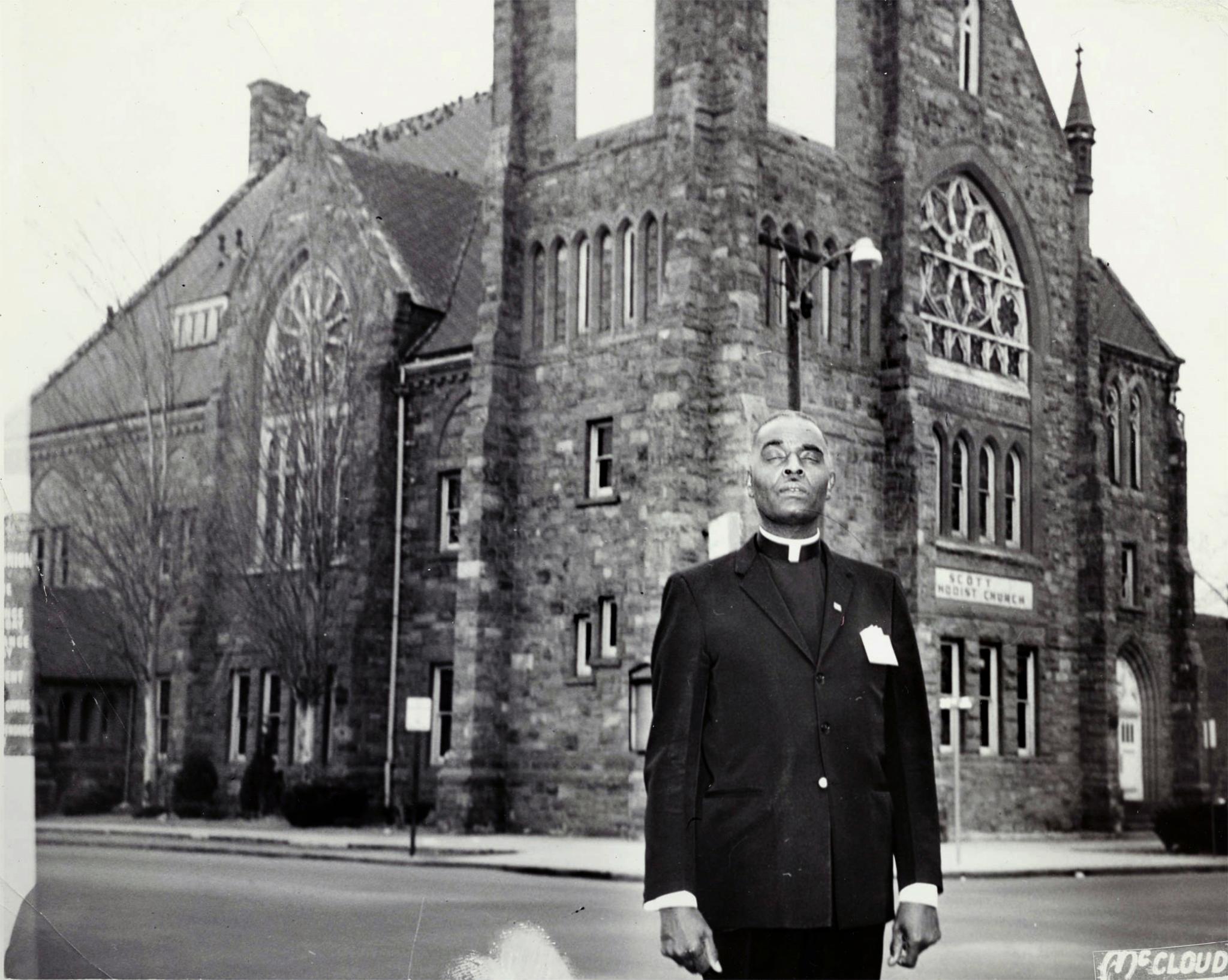
This interview has been edited for clarity.
Williamson: Every time I visit Denver, which is very frequently, I noticed that in the area where I grew up in - I noticed that it's as things are being erased.
Of course, that's going to happen when there's growth. So what I wanted to do was to create a Facebook group, to maintain the historic integrity and to maintain the respect for the Northeast Denver area.
Change will happen. Growth will happen. But at the same time, we must make sure that historic integrity is intact. I figured that Northeast Denver needed to have a story. It's more to it than just places and architects. It's also about the people. The people who endured. The people who helped Denver, as a whole, to grow over the years. It's all about giving love to people who are from Northeast Denver, live in Northeast Denver and to spread that awareness.
Denverite: Have you come across anything in your research that surprised you?
Oh, absolutely. The biggest thing that surprised me is people that we don't know about. People that are not in the history books. People that haven't been fully documented because, like everything else, there's only so much space for these people to be recognized in the traditional sense.
It has energized me. It has given me a whole new awareness of people, in spite of the turmoil. Despite, in many cases, the racism and the lack of opportunities. How they were able to just push on and were able to continue on and help Denver grow.
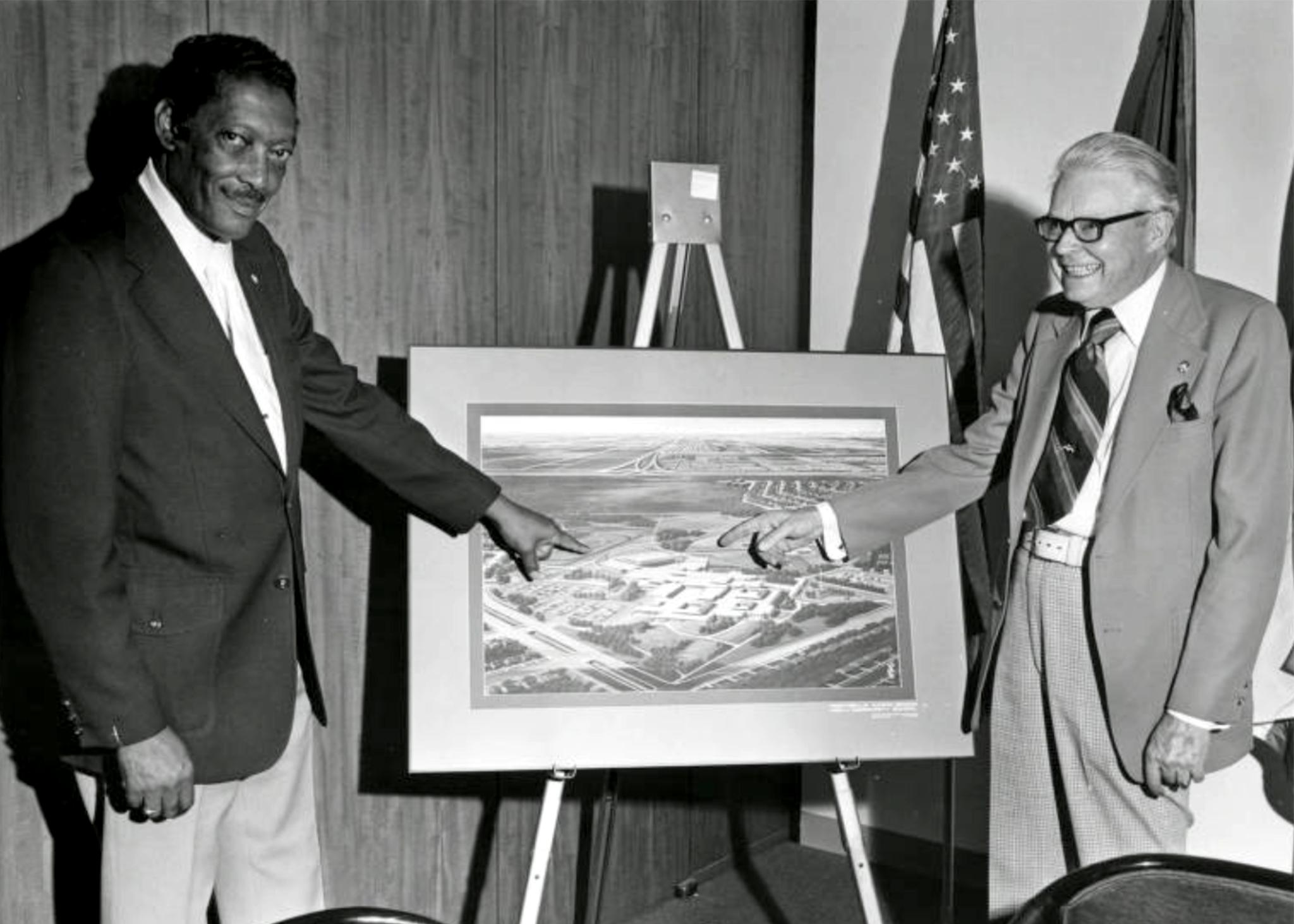
I'm curious how you're thinking about this idea of representation. Like, you're actually very successful in finding these images of Black Denver in the library. Does that give you a different perspective on our ability to save a cumulative and represented history of this city? Or do you feel like there needs to be somebody like you to go through this stuff to find it and bring it out?
For me, I believe it's it all stemmed from passion. I was a very unusual teenager. When I attended East high school, I remember ditching school so I could hang out at the Western History Department and just look at pictures all day and go through all the books and the photos. And that's where I got my Denver history education, reading the books from Thomas Noel and Phil Goodstein. And then, of course, Paul Stewart of the Black American West Museum.
It started with that passion, that love. And that's where that love comes in the group name, "Love."
That part of Denver has such a rich, concentrated group of people from all backgrounds within the Black community ... I knew the history, but I really didn't feel that emotional component of it, from the heart. And you could feel it and you could see it through these images and the pictures. And I think that's what helps me. That's what helps me get it out on Facebook and, hopefully, somebody could benefit from these posts and spread the love.
You might inspire some East High kid to skip school and go hang out at the Western history collection?
Ha! Yeah! I look back at it now and I'm thinking: Wow, I didn't even hang out like I should have.
I get it. That place is magical. It's been really a bummer that it's been closed because of the pandemic.
Yeah. Because it's like time is lost. You get in there, and next thing you know, hours went by... There's so much more to look for.

Lloyd Rule/Denver Public Library/Western History Collection/Z-10331 & Z-10276
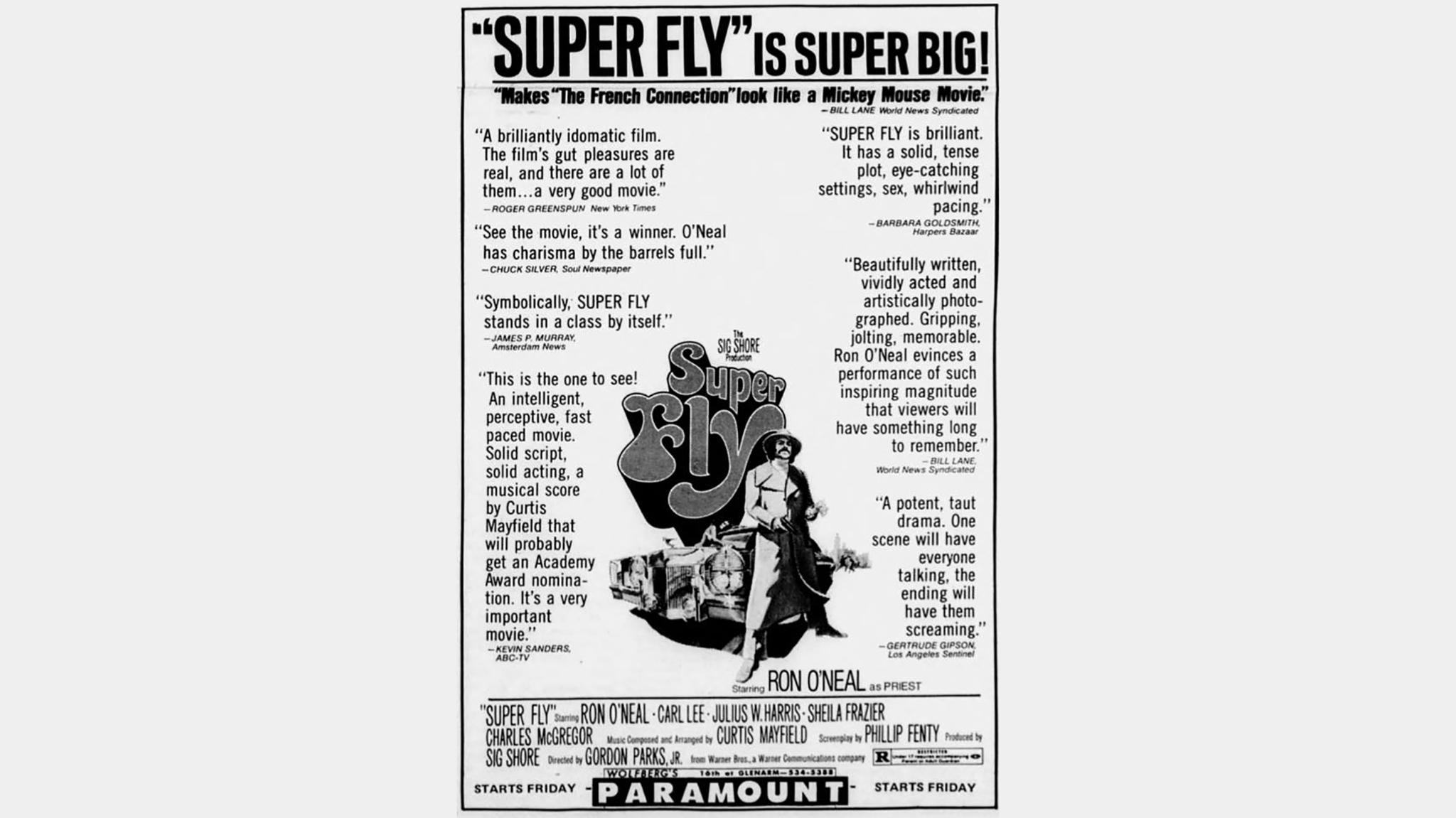
Northeast Denver Love & History
Can you talk a little bit about your process? Like where do you go to look for this stuff?
It starts out with me looking for a topic. So I'll give you one example. Maybe something might flash into mind about the old ice cream parlors of yesteryear in that neighborhood. It usually starts out like that. I go through the photos of the Denver Public Library archive, then I also go through the Getty Images archive.
Most of these photographs or articles I've stumbled into, they're almost like happy accidents. I'm looking for one subject, I'm looking for another topic, then I come across something that caught my eye. Then I feel, well, maybe this needs to get out there for people. ... It's just amazing, you know? I feel like a kid who's still learning. I'm 50 years old. I still feel like a teenage kid.
I came across this one photograph, it was this young little girl. She looked like a four-year-old Diana Ross.
It all started because I was looking for historic photos of ice cream parlors. And then I ended up finding the photograph of just this young, beautiful little girl.
Can you describe what it was about that photo of the little girl that really struck you?
She was like a star. It was like she was looking straight into the camera. It's like, she knew who she was. It seems like she really, really liked being noticed.
I mean, it was as if she was a natural model, and I thought that was very interesting. That little girl, I don't know where she's at now. This girl, she's probably close to my age, in her fifties, by now.
It was just amazing, the quality of the images that was taken back in those days. They really put art into it, I noticed, and it just wasn't a snapshot.
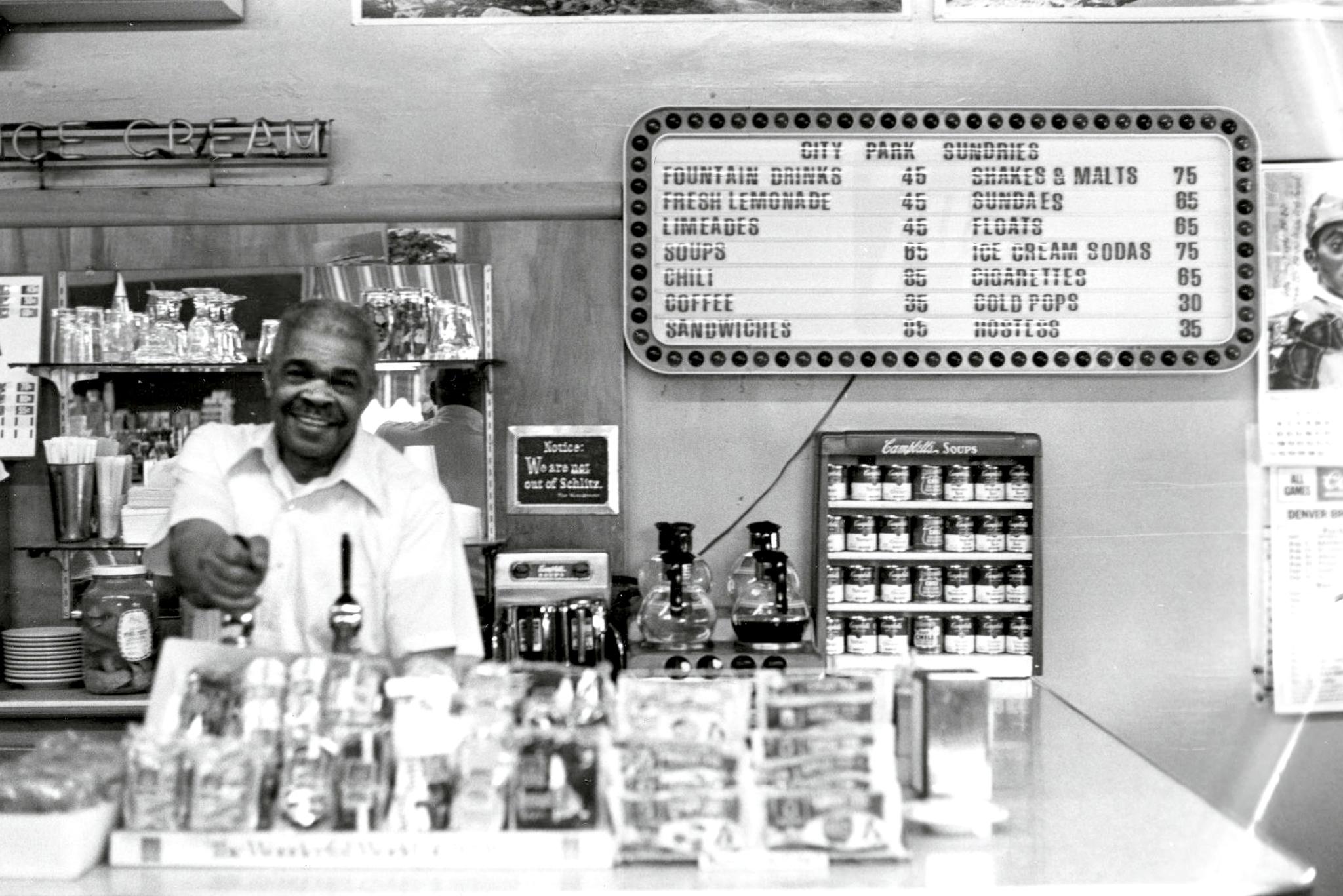
How did the group grow? How quickly did it grow, and what do people say when they see the stuff that you're posting?
It originally started with me and the group's co-administrator, Jeanae Jones-Eure.
I was hoping maybe we could get it up to 500 [people], and I could be happy. ... I want to give a shout out to my best friend from my childhood, his name is Teri Sturgeon, he was the key to our group exploding. He had invited hundreds and hundreds of his friends to join the page. And then that's where it just grew.
The reactions, honestly, are mixed. For some, it's bittersweet; it's more sweet than bitter, but it was bittersweet. Because, for some folks, it might bring up something maybe negative. At the same time, it warms their hearts that they were part of the community. That it was a real community. That people were in communication with each other, that people played together. People fought each other. But at the end of the day, they were still, you know, family.

Courtesy, Orville Springs and Harold Abrams
After a while, as new people started coming in, they started adding their own flavor to the group.
You had some history junkies, like myself. ... And then we started to get some members that posted some of their family photos.
So it's, it's just amazing how people have responded. And some of the old timers, not only reminiscing, but learning about stuff that they might've missed.
We have people moving in. People move out. People stay. And then the thing about Denver: it will pull people back.

I was going to ask if this is a way for you to stay connected while you're, you know, on the other side of the country?
Absolutely. It's a way for me to stay connected. And knowing where you're from is really about knowing who you are yourself. It's knowing who you are. So even though I'm 50 years old, I'm still learning about myself.
Has your intended audience changed over time? I definitely see that, on one hand, this is for people who remember and it's a celebration of that memory. But I wonder if you also hope that people who are new to town, or who don't have that memory, also see this stuff?
Actually, believe it or not, that was one of the main intentions of the site when we started. I actually would say the main purpose was to educate people on the historic integrity of northeast Denver. As time has gone on, I'm very happy to see other people from other areas, from other towns, other demographics - let's say Caucasians that's in the east Denver area. It's a useful tool. It's useful for them to be part of the journey to learn what is Northeast Denver. And when I say northeast Denver, I'm talking about northeast Denver then, northeast Denver now and, hopefully, this could be one whole northeast Denver again.

